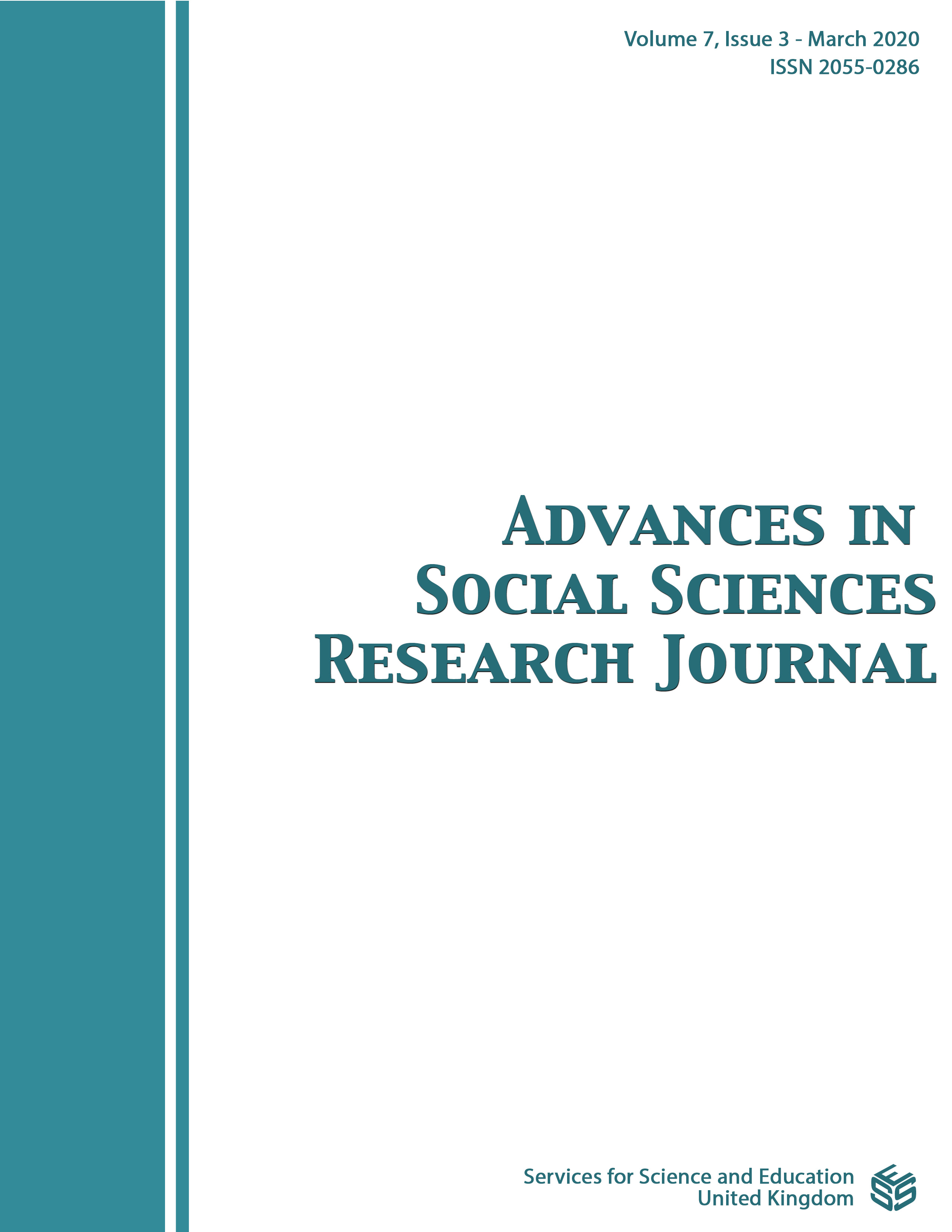The Process of Teaching Psychology Students to Connect with One’s Own Sensible Reality:
The Efficaciousness of Haiku Poems
DOI:
https://doi.org/10.14738/assrj.73.7918Keywords:
Cognitive-Behavioural Model of Learning, Expressive Arts, Haiku Verse Form, Poetry, Streaming of Automatic Thoughts, Teaching Psychology StudentsAbstract
The cognitive-behavioural model of learning is grounded on the idea that our thoughts influence our behaviours through a process of conditioning and it anticipates that whenever we can change our thoughts, our behaviours will change. This model of learning is at the foundation of the cognitive-behavioural interventions employed to treat mental health symptoms and mental health disorders. The mere abstract knowledge, separated from embodiment, about the cognitive-behavioural model of learning does not however offer to psychology students the required understanding of this conditioning process. The students need somehow to connect with one's own sensible inner reality during the educational process. It was hypothesised that expressive arts activities, with their own alternative languages, would endow the psychology students making it easier for them to access their automatic thoughts (movements of memory). In order to test this, a procedure prompted by the SADUPA poetry technique was carried out. A qualitative analysis of the results obtained revealed changes in language associated to the Haiku expressive art activity, a growing psychological presence, awareness of one’s automatic cognitive flows, and a manifested receptivity to a more experiential based teaching.
References
Bertelli, R. (2019a). The application of an expressive arts activity for the very first session of training of personal and professional development of cognitive-behavioural clinical psychologists: Cognitive content as proxy data to study core beliefs. Advances in Social Sciences Research Journal, 6(7), 599-605. doi:10.14738/assrj.67.6841
Bertelli, R. (2019b). Schooling cognitive-behavioural clinical psychologists: Expressive arts activities as potentially favourable conditions which facilitate one’s observing of one’s own streaming of automatic thoughts. Journal of Arts & Humanities, 8(10), 1-6. doi: http://dx.doi.org/10.18533/journal.v8i10.1740
Yaden, D. B., Iwry, J., Slack, K. J., Eichstaedt, J. C., Zhao, Y., Vaillant, G. E., & Newberg, A. B. (2016). The overview effect: Awe and self-transcendent experience in space flight. Psychology of Consciousness: Theory, Research, and Practice, 3(1), 1-11. doi: 10.1037/cns0000086
Haqq-Misra, J., Som, S., Mullan, B., Loureiro, R., Schwieterman, E., Seyler, L.,... Sullivan, W. (2017). The astrobiology of the Anthropocene. A white paper for the National Academy of Sciences.
Harris, D. A. (2009). The paradox of expressing speechless terror: Ritual liminality in the creative arts therapies’ treatment of posttraumatic distress. The Arts in Psychotherapy, 36, 94-104.
Santarpia, A., Dudoit, E., & Paul, M. (2015). The discursive effects of the Haiku-based SADUPA poetry technique in palliative care. Journal of Poetry Therapy, 28(3), 174-194. https://hal-amu.archives-ouvertes.fr/hal-01180712. HAL Id: hal-01180712
Bashô, M. (2016). O eremita viajante. Haikus: Obra completa. Porto: Assírio & Alvim. ISBN: 978-972-37-1920-8
National Geographic Portugal. (Fevereiro, 2008). No rasto de um fantasma. National Geographic SOC, 60-73.
Auerbach, C. F. & Silverstein, L. B. (2003). Qualitative data: An introduction to coding and analysis. New York: New York University Press.
Bardin, L. (1977). L'Analyse de Contenu. Paris: Presses Universitaires de France.
Blanchet, A. (1991). Dire et faire dire: L’entretien. Paris: A. Colin.
Sijercic, I., Button, M. L., Westra, H. A., & Hara, K. M. (2016). The interpersonal context of client motivational language in cognitive-behavioral therapy. Psychotherapy, 53, 13-21. https ://doi.org/10.1037/pst00 00017 .
Lombardi, D. R., Button, M. L., & Westra, H. A. (2014). Measuring motivation: Change talk and counter change talk in cognitive behavioral therapy for generalized anxiety. Cognitive Behaviour Therapy, 43, 12-21. https ://doi.org/10.1080/16506073.2013.84640 0.
Downloads
Published
How to Cite
Issue
Section
License
Authors wishing to include figures, tables, or text passages that have already been published elsewhere are required to obtain permission from the copyright owner(s) for both the print and online format and to include evidence that such permission has been granted when submitting their papers. Any material received without such evidence will be assumed to originate from the authors.






